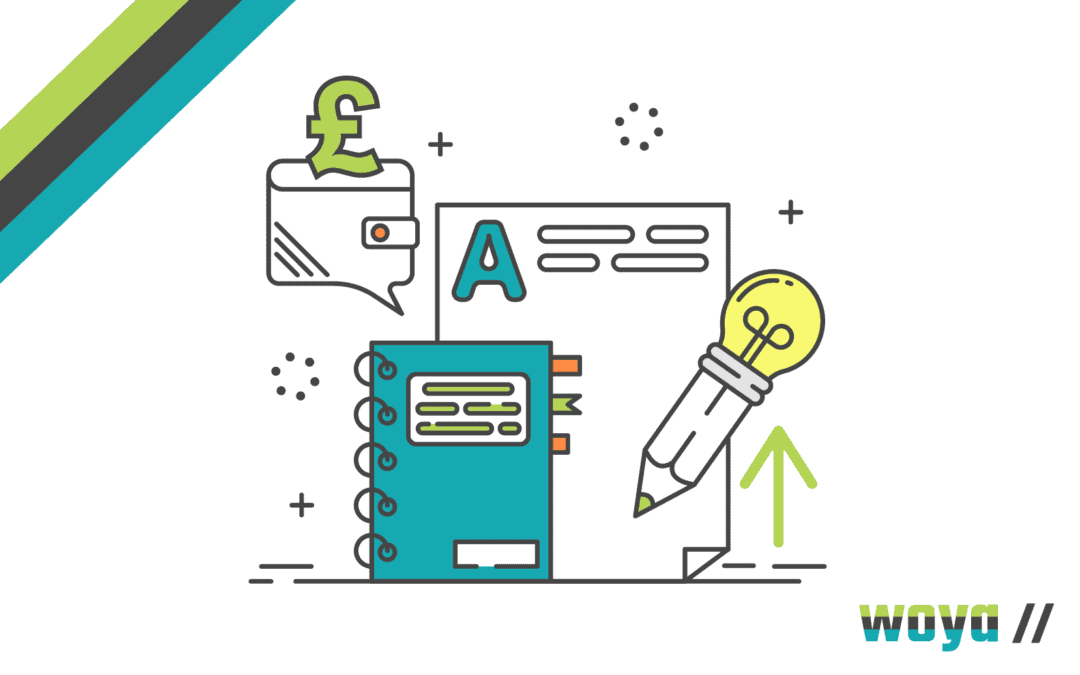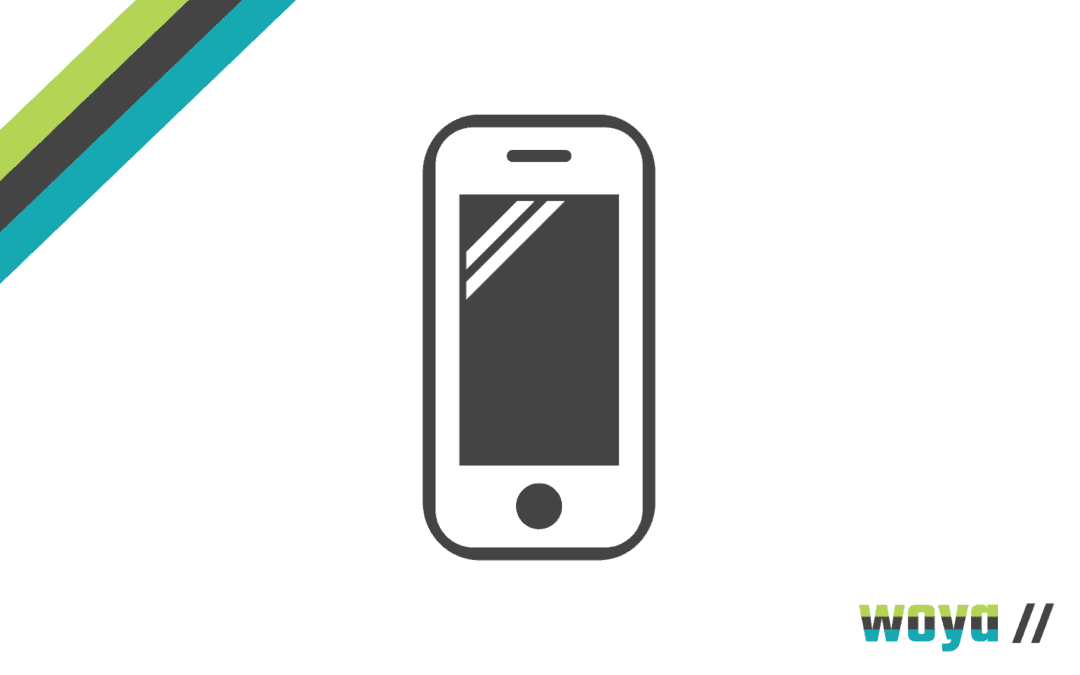As the exponential growth of social media and its presence in our everyday lives continues on a sky-high trajectory, the question we’ve heard asked many times over the past few months is – how long can it continue?
2020 has been extraordinary in many ways. As our cultures shift to adapt to remote working processes and social distancing, the role of social media has become even more integral to how we interact.
Let’s look at what 2021 holds in store for social media as a communicative and marketing tool; and whether businesses should think about adopting a new strategy as a fresh year brings about different opportunities…?
How Social Media Became Our Digital BFF
So, we all use social media. Or, at least, 3.6 billion of us do, predicted to increase to 4.41 billion in 2025 (that’s 56.5% of the entire world!). There are lots of reasons we download apps like Facebook, Instagram and Snapchat – and why those same apps have become more important to us:
- We can chat, share images, and talk face-to-face via digital apps even when social distancing and COVID-19 movement restrictions mean we can’t meet in person.
- Social media breaks down borders and barriers, creating an international community where you can talk live with people, watch broadcasts, and share information.
- Keeping in touch with our nearest and dearest has become highlighted in the international consciousness, as a direct impact of the global pandemic.
- Shopping is easier, faster, and more convenient – and also essential via online apps where retail sectors have been forced to close.
These are a tiny fraction of the reasons social media has continued to evolve this year, and it shows no signs of slowing down.
As younger generations start using smartphones, app providers derive new social networking platforms to cater to their needs and cultures (TikTok is a great example!). Mainstream sectors such as news, politics and healthcare are all becoming savvy to the vast reach of social media to deliver information and drive engagement.
There is no doubt that all the action is happening online. So, for businesses, the importance now is understanding which social media trends to invest in, and which platforms are the best place to target your ideal customer demographic in a medium they respond to and enjoy.
Our Top Ten Social Media Predictions for 2021
The Woya team has gathered together all the most prominent social media trends predicted for next year – from the likes of HubSpot, Falcon.io and Social Media Today, and coupled these with our own expectations.
We work with clients across the country, and the world, creating digital marketing strategies that deliver; and it’s never been more crucial to stay at the front of the market given the speed at which new trends develop, peak, and then decline. There are opportunities to use that immense audience for instant mass publicity – but in others, it can be a bad waste of a good budget, so it’s essential we know where to focus our energy!
Here are our top ten predictions for 2021 social media trends:
-
Quality Content Will Remain King.
Valuable content is always number one. On any social media platform, with any digital presence and for any brand or company.
Content that educates, or answers a question, and is genuinely useful will always be better received than even the slickest ad. Sharing knowledge doesn’t ‘give away’ free resources, but positions you as a market leader who has the expertise and authority to answer common questions.
Add a FAQs section to your website, write blogs that are a valuable source of information, share data and statistics, and link info to your social media pages – but always make it useful!
Customers share posts they find funny, useful or interesting. So by taking the time to create a great content strategy, and think about the added value you bring to the customer experience, you can multiply your exposure many times over.
-
Brand Voice Matters – and Tone of Voice will become more Vital.
Gone are the days of cynical marketing strategies aimed at tapping into vulnerabilities, or using fear tactics to make customers feel that they’ve got to buy something urgently!
People are savvy, they’re used to social media ads, and they know the difference between a paid advert, a targeted post, or something they’ve come across organically. Therefore, your brand tone is crucial. Every brand has a voice, and while we know it can be a challenge to drill down into what you stand for, and what emotions you’d like your customers to feel when they think of you, working on this is essential.
Brands should be real, authentic, and relatable to their key demographic.
Whether you’re authoritative and serious, funny and quirky, cool as a cucumber; you need to know your brand personality inside out, and apply it to the tone of everything you post.
-
Video and Multimedia will be Key to Engagement.
Do you remember the early Facebook days when most posts were plain text? It started with Emojis and then evolved into posting (enormous!) photo albums.
With digital photography came more social media image sharing, and then as smartphones provided better and better cameras, and then video software, the nature of the content we share on social media has too evolved. These days, video content has far higher engagement statistics than the vast majority of static images; and quality videos are more widely shared, saved and re-watched than any single photo.
Look at the growth of apps such as TikTok and Instagram as a simple example; what were once single images are now highlight reels, 24-hour stories and live feeds.
It’s a trend that is still growing, so if you can replace static content with live videos, funny captures or engaging content that backs up your brand voice, it’s a great way to connect.
-
Digital E-Commerce will continue to Grow Through Socials.
The way of the high street looks as dire as ever, and while lots of people lament the closure of shops and department stores that have been the backbone of the British high-street for generations – sadly, bricks and mortar are a declining trend.
Much of this is to do with convenience. People can purchase something instantly on their phone, and get it delivered to their door in a day or two. There’s no need to draw out cash, no safety concerns, and with mobile payment apps with inbuilt security, it’s just an easy way to buy the stuff you want.
Digital e-commerce is also now moving on from just websites and turning to social shopping.
Influencers tag the brands or products they’re wearing, you can link to a checkout box in one click, and showcasing your products on social media platforms with seamless user experience is now the fastest-growing way to boost online sales figures.
-
Social Media will Focus More on Collectives and Communities.
Building a community around a brand is an excellent way to engage. For people who have been living with intense movement restrictions, and survived a global pandemic, community means a lot more than it perhaps did a year ago.
Communities don’t just have to be about focus groups and feedback; it means using your position as a brand on social media to connect like-minded people, as another value-added service that brings a fresh perspective to what it means to do business with you.
Create private groups, chat groups, open forums, anything where people can come together to share their experience, discuss thoughts, and be a part of something more than the sum of its parts.
-
Platforms will Improve Inclusivity by Highlighting Causes and Movements.
As well as many other changes, 2020 has brought about a considerable change in social consciousness, how we share causes and campaigns, and how social media plays a pivotal role in those movements.
Think about all the events of this year, protests, demonstrations, social media campaigns, and you can see how platforms don’t just allow people to talk about causes, or share information. They can also be a key element in coming together as a collective to show your support or lobby for change.
Social media has become a powerful resource for people with a message, and as we have seen, is a forum where a movement can reach millions of people in seconds – with profound impacts.
-
Content Creation will be Around Positivity, Togetherness and Support.
What do you hope to see when you log in to a social media account or open an app on your phone?
You want to smile; you want to feel happy or excited or enthusiastic! The days of practised cynicism, too cool for school brands and digital bullying are way, way gone – customers want to engage with brands that promote the values they care about.
Positivity looks set to be a big buzzword for 2021 social media – as we all reflect on the year just gone, and look for ways to build on the sense of community and collective strength that has defined much of the response to the challenges of 2020.
Supporting each other, showing solidarity, and creating a sense of togetherness and unanimity will continue to be vital in 2021, and brands that can deliver that climate of positive thinking will go a long way.
-
User-Generated Content will increase in Volume and Value.
Let’s be honest – even the most reputable of brands is still a business. People trust other people, and if you embrace the potential of user-generated content, you’re establishing your position as an open, transparent, and even vulnerable brand.
There are lots of ways to do this:
- Ask customers to share videos or photos of your products.
- Reward loyal customers who tag you, or hashtag you in their posts.
- Welcome reviews and customer feedback, and make it public.
- Provide free brand decks, or create an Instagram GIF, so customers have easy access to add your branding to their posts.
- Recruit ambassadors, send out free trial products or run competitions where customers share your posts or feature your content in their social media accounts.
User-generated content is a great way to expand your reach, and achieve better brand exposure without having to lift a finger – so the easier you make it, the better!
-
Marketing will Lean Towards Nostalgia and Feel-Good Vibes.
Well, this feels like a no-brainer; if we had to think of one phrase that has been uttered more often this year than ‘unprecedented’, we’d be hard-pressed!
What that means in action is that 2020 has been seriously tough for a lot of people, and in a lot of ways. When things get tough, we respond to positive marketing that makes us think of better times.
And thus, 2021 is set not just to be the year of upbeat social media, but also of nostalgia. When you link into a feel-good emotion, you communicate with your customer in a way that makes them feel safe – the gold standard of excellent customer engagement.
This phenomenon isn’t unique to 2021 but is a tactic that works whenever there has been a difficult time. It means that you do your bit to lighten the load and reflect on happy memories that evoke warmth and comfort.
What’s important here is to consider your key customer. Nostalgic content that reaches back to, say, the ’80s will resonate perfectly with customer bases in their 30s and above, who would have been kids at the time. Videocassettes, tape recorders and Fisher-Price phones will always generate a smile!
However, if you’re targeting teens and audiences in their 20s, you’re going to need to look a little closer to home for that hit of happy nostalgia.
-
Online Experiences will Become More Personal, Driven by Conversational Marketing.
If you’re unfamiliar with the phrase ‘conversational marketing’ – you will almost certainly have experienced it! Marketing in the digital age isn’t just about putting together an advert or selecting some fancy graphics. Engagement is the key, and conversational marketing is all about creating a personality for your brand, listening to what your customers think, and building a relationship with them that they relate to, and enjoy.
This year, with the world thrown into panic and chaos, conversational marketing has stood out as vital to brand awareness. Brands who are human, authentic, and own up when they get stuff wrong are simply more relatable, and trustworthy than corporate machines which operate without any mindful acknowledgement of their customers.
How do you do it?
- Listen to feedback, and take the time to respond.
- Care what your customers think, and welcome their suggestions.
- Focus on your customer support and how it links in with your brand voice and marketing strategies.
- Use outreach to ask questions, seek feedback, and engage your customers in the way you develop your brand.
- Highlight your values, who you are, what you stand for, and what value you add to the customer experience, the wider world, and the communities around you.
We hope these insights give you a bit of direction whilst crafting your social media strategy for the New Year – and also get you excited to experience what 2021 has in store for us!
For further support with your new year digital marketing strategy, content creation, or with establishing a brand voice to make you stand out from the crowd, get in touch with Woya Digital today.






